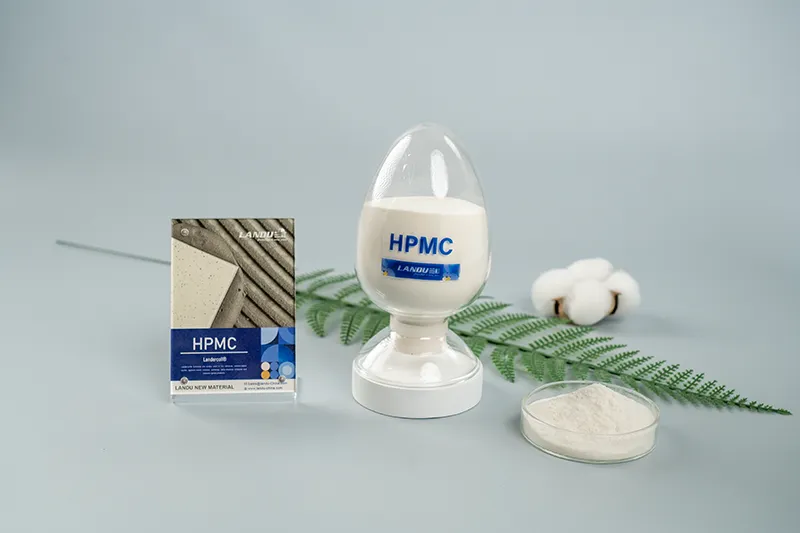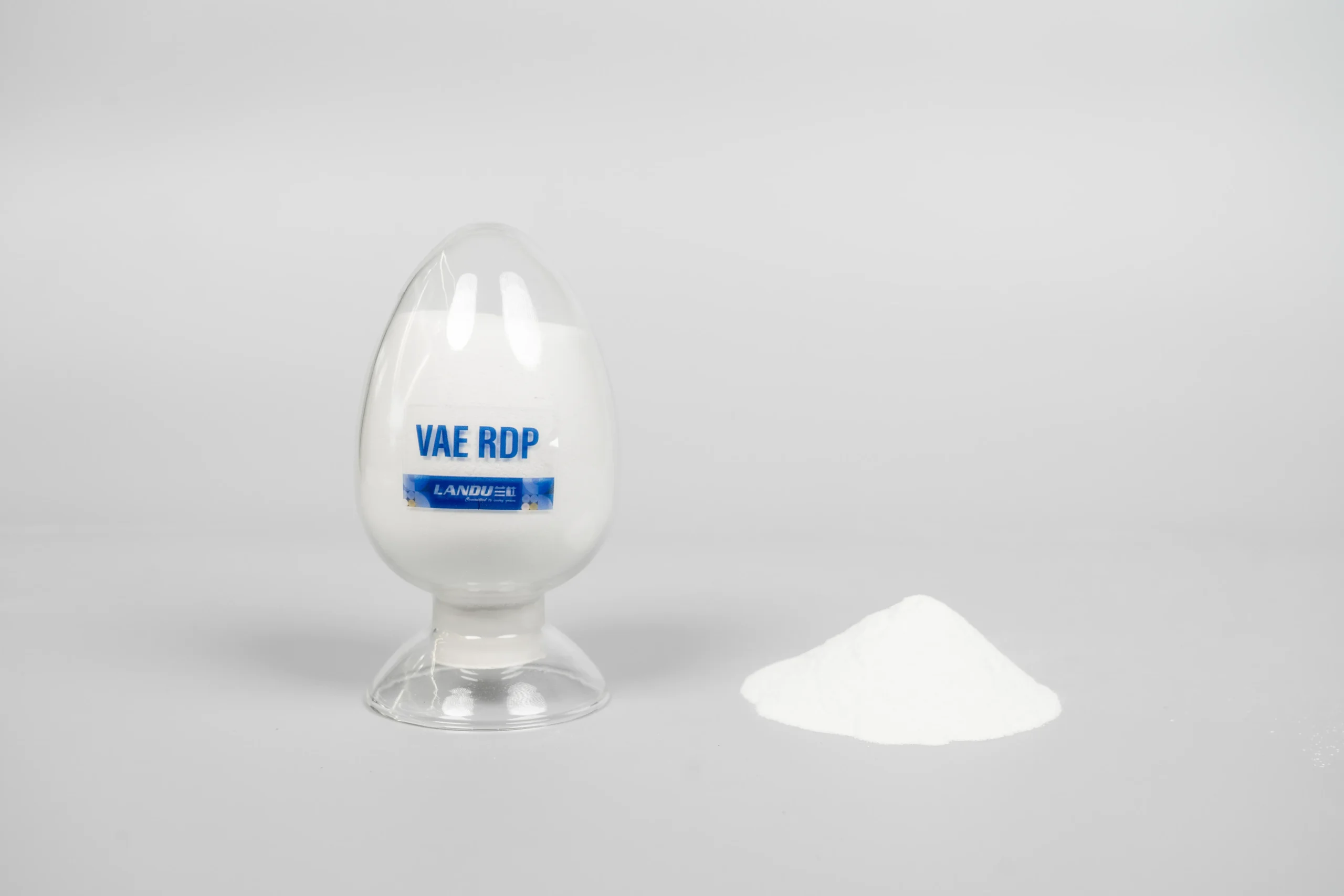1. What Causes Putty to Blister?
1.1 Applying on rough mortar substrate
- In this case, small, dense bubbles form and rise after the putty is applied. Deep indentations can be seen when these bubbles are pierced.
- This is because when the putty is applied to a cast-in-place concrete wall, dense air pockets may be present on the surface after the release agent is removed. The putty seals these air pockets, compressing the air inside and storing potential energy. When the putty knife moves away, the compressed air rebounds, pushing the putty up and forming bubbles.
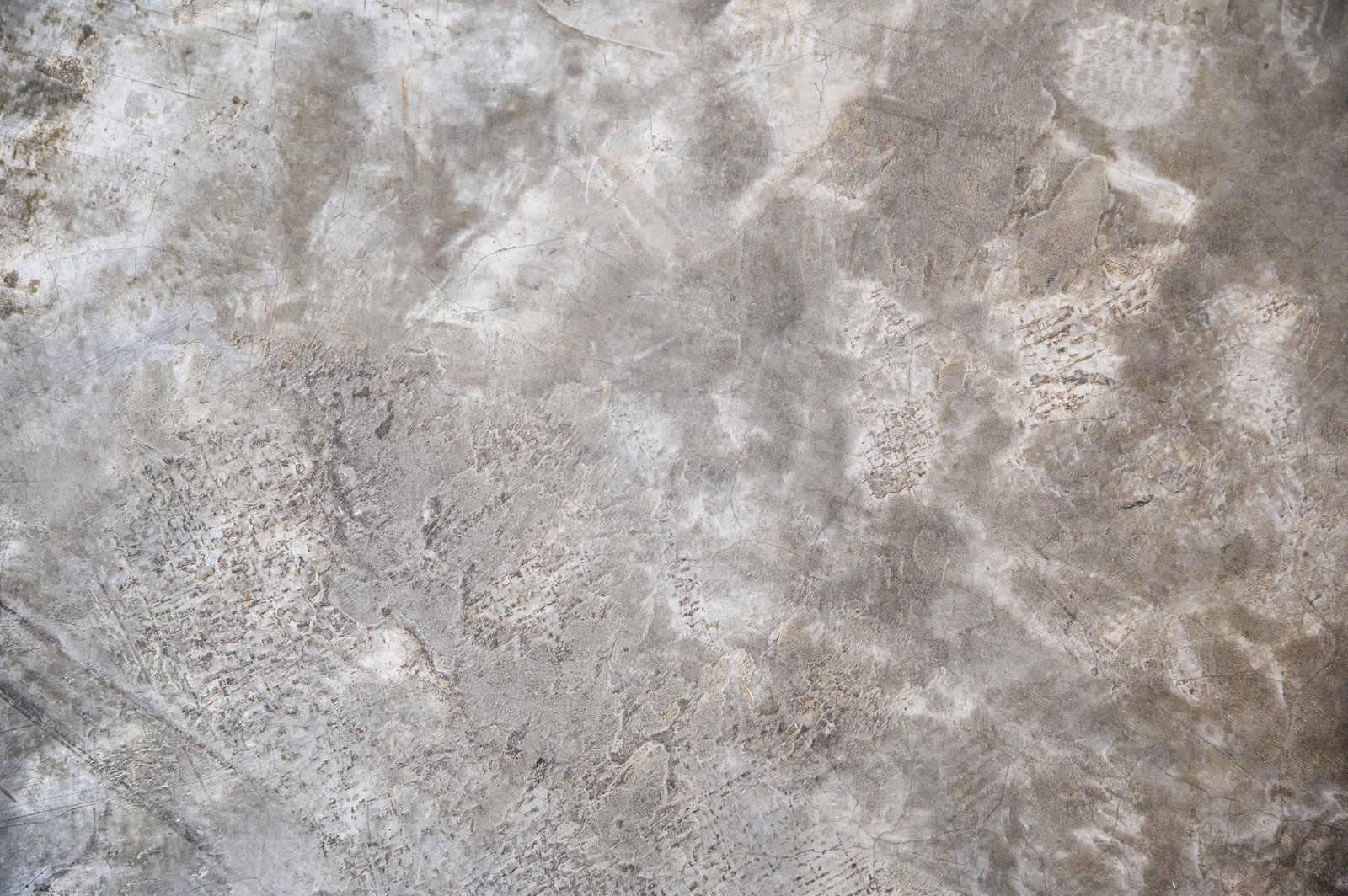
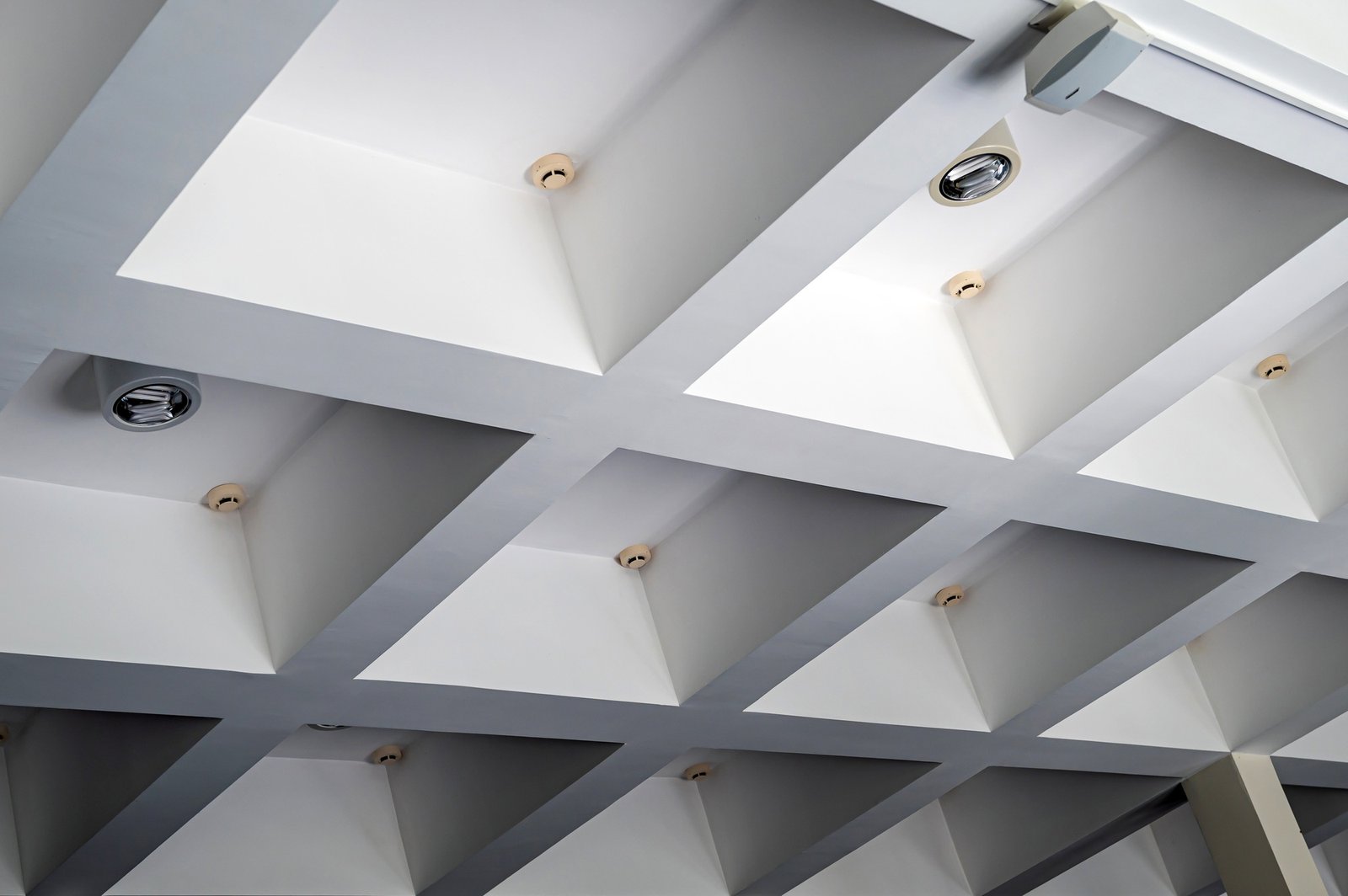
1.2 Applying on Concrete Ceiling Surface
Large bubbles and hollow areas are commonly found in this situation.
Smooth concrete surfaces, uneven pressure during application, and the weight of the putty itself prevent the putty layer from bonding properly and cause putty bubbling.
1.3 Applying on substrates with floating ash
Large bubbles and delamination can be observed.
A powdery or dusty substrate creates a barrier between the putty and the surface. Instead of bonding directly to the substrate, the putty adheres to the dust particles, leading to a weak bond and the formation of bubbles.
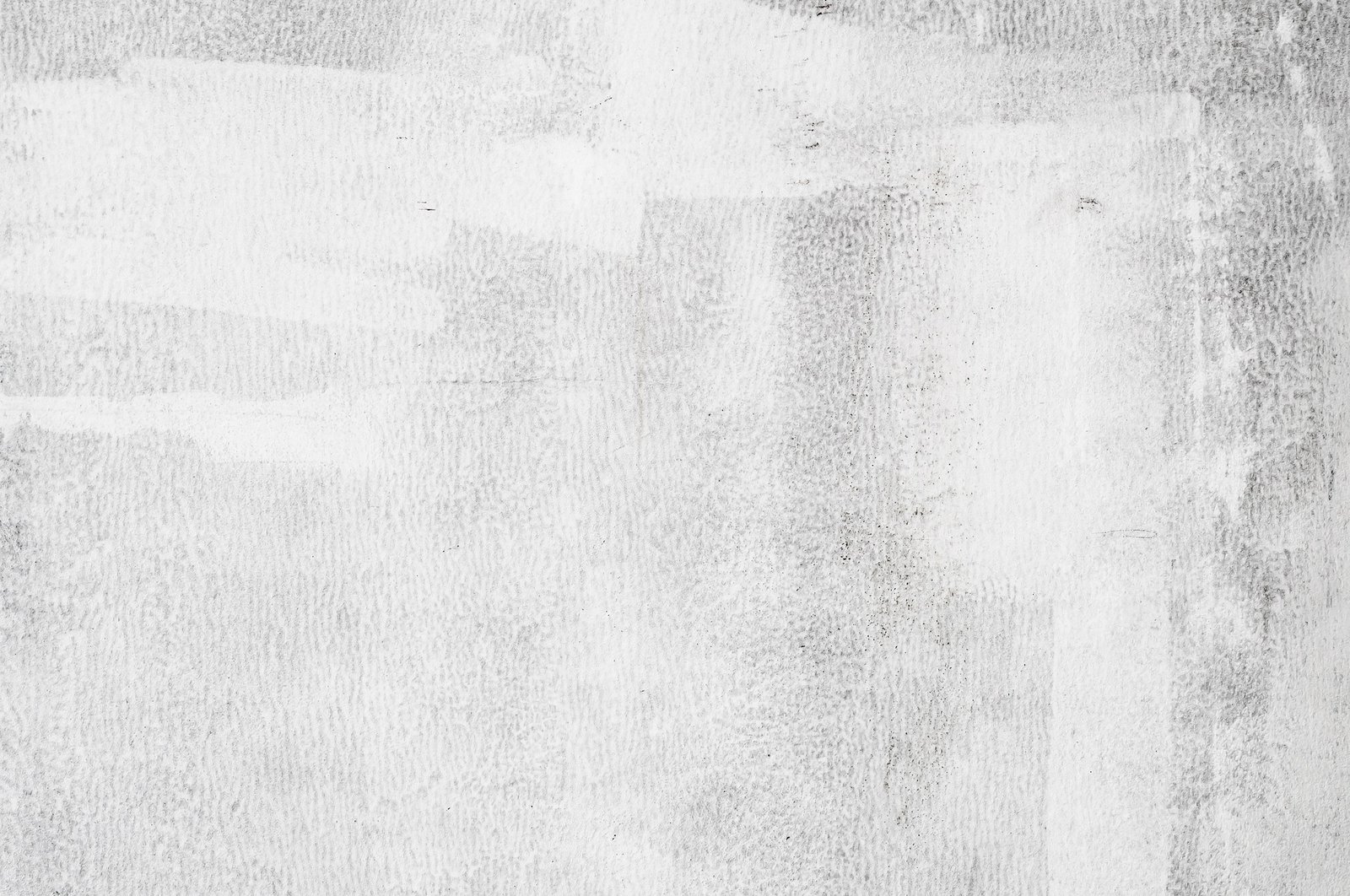
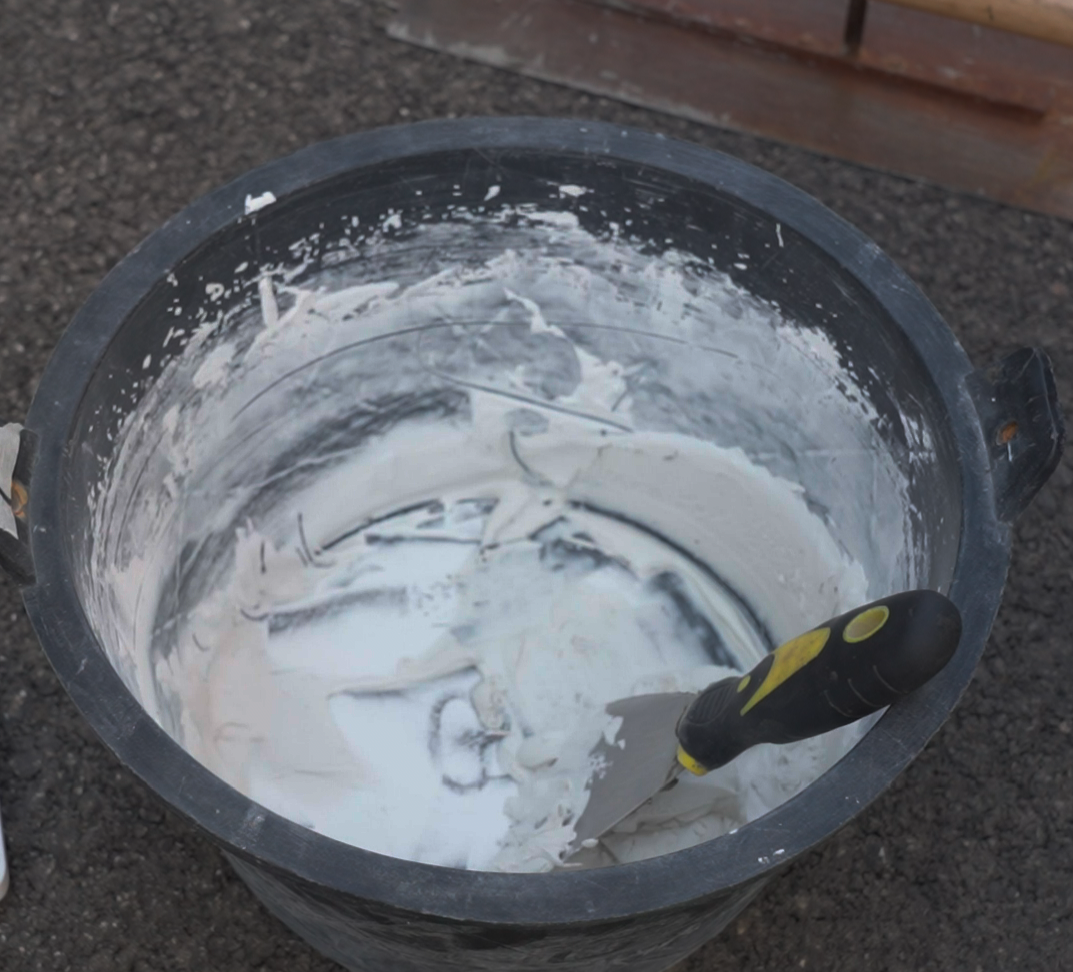
1.4 Inappropriate Formula or Ingredients
Users may find a large amount of gas generated during the mixing.
The viscosity of cellulose ether or redispersible polymer powder may be too high, giving the putty excessive film-forming properties to trap air and create bubbles. Additionally, low-quality calcium hydroxide may contain quicklime, which releases heat and produces bubbles when it reacts with water.
2. How to Prevent Putty Blistering?
2.1 Clean the surface and repair imperfections
This ensures better adhesion and prevents moisture or air from being trapped beneath the putty. A smooth, clean surface allows the putty to dry evenly, reducing the risk of bubbles or blisters forming as it cures
2.2 Allow sufficient drying time
- If the putty dries too quickly, trapped moisture or air can cause blisters. Adequate drying time allows the putty to set and harden without tension, reducing the likelihood of bubbles forming.
2.3 Control the thickness during putty application
The inner layers may dry slower than the surface if the putty is applied too thickly, causing inconsistencies that can lead to bubbling. A uniform, proper thickness allows for consistent drying and reduces the risk of imperfections.
2.4 Let the mixture rest for around 10 minutes after mixing
- If the putty mixer runs too fast, air can be mixed into the putty, leading to bubbles. Therefore, this resting period allows the mixture to stabilize, ensuring a more uniform consistency for better adhesion and drying.
2.5 Add correct chemical additives such as HPMC and Redispersible Polymer Powder
- HPMC (Hydroxypropyl Methylcellulose) is a water-soluble, non-toxic polymer additive derived from cellulose. It can enhance the bonding between the putty and the surface, preventing separation or lifting during drying. It also helps retain moisture within the putty, allowing it to dry more evenly. By moderating the drying process, HPMC ensures the putty dries uniformly and thus prevents internal stresses that can lead to the formation of blisters or bubbles.
- One of the main functions of Redispersible polymer powder(RDP) is to add flexibility to the putty layer, allowing it to better accommodate slight movements or temperature changes without cracking. This helps mitigate the risk of bubbles or blisters. Also, RDP helps to reduce the surface tension of the putty. This makes it easier to apply the putty evenly, preventing air pockets or uneven layers.
Feature |
HPMC (Hydroxypropyl Methylcellulose) |
Redispersible Polymer Powder |
|---|---|---|
|
Effect on Bubbles |
Prevents air or moisture pockets by improving consistency and smoothness. |
Reduces air pockets and ensures even drying, thus minimizing blisters. |
|
Main Contribution to Putty |
Workability, smooth application, and moisture control. |
Bonding strength, flexibility, and uniform drying. |
|
Drying Process |
Moderates drying to prevent uneven shrinkage and bubbling. |
Ensures uniform drying, reducing internal stresses that cause blistering. |
|
Flexibility |
Increases the flexibility of the putty. |
Adds elasticity and flexibility. |
|
Bonding |
Enhances adhesion between putty and surface, reducing separation. |
Provides strong bonding to the surface, preventing delamination and blistering. |
3. How to Fix Putty Bubbles?
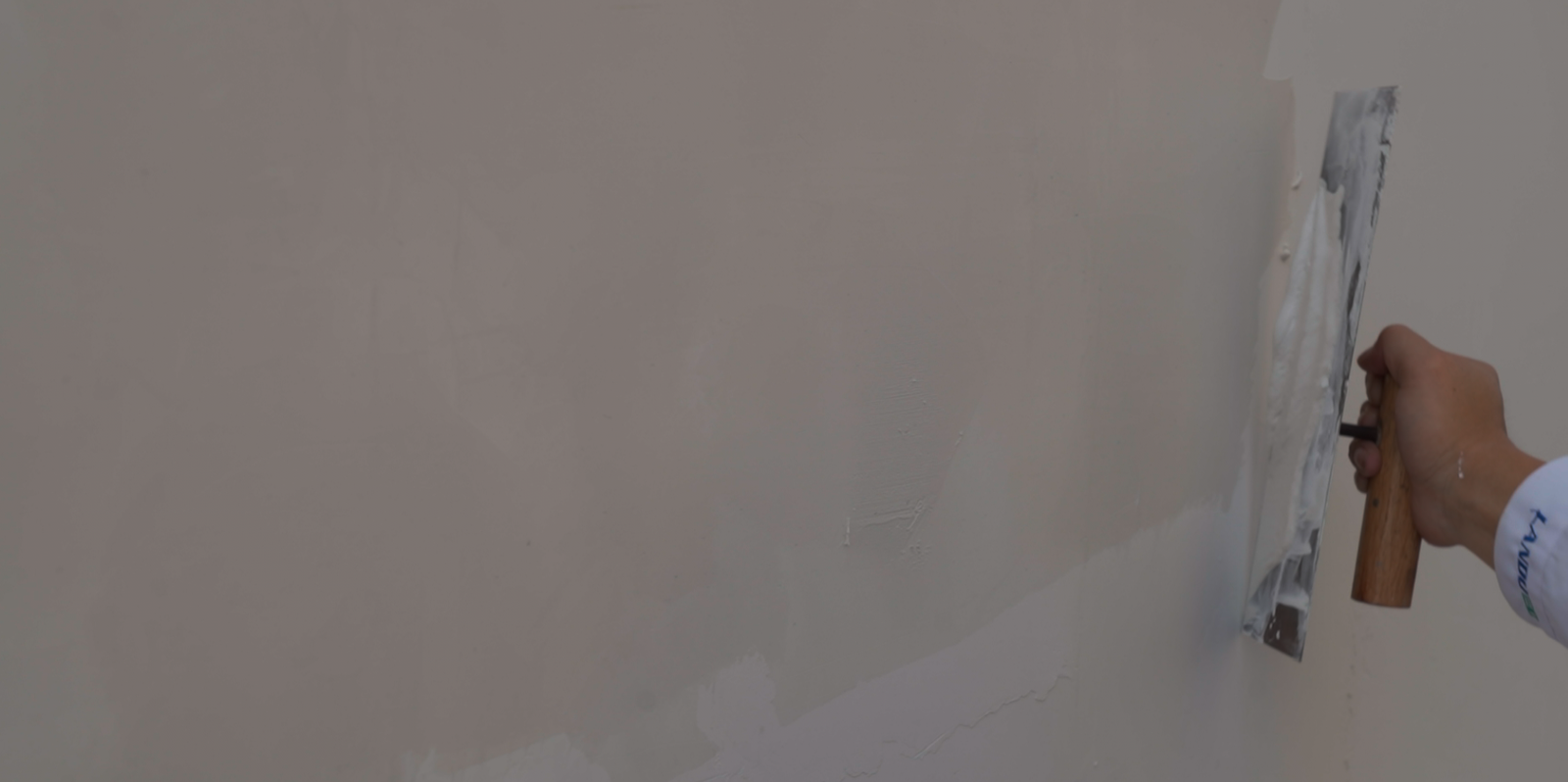
- If the bubbling area is small, it can be treated by sanding and adding a bonding agent.
- If the bubbling area is large, use a spatula to puncture the bubbles and then fill the holes with putty.
- Do not proceed with the next coating step before fixing the bubbles, as new ones will appear on the new putty layer.
4. LANDU: Your Trusted Manufacturer for Success
- As a renowned manufacturer of Cellulose Ether and Redispersible Polymer Powder, LANDU offers high-quality chemical additives that help prevent blistering in wall putty. By combining both HPMC and RDP, LANDU can help create tailored putty formulas that meet your specific performance requirements.
- Equipped with professional laboratories and expert teams, LANDU is well-positioned to address your application challenges and provide tailored solutions. Don’t hesitate to reach out and Get your Free Samples!

